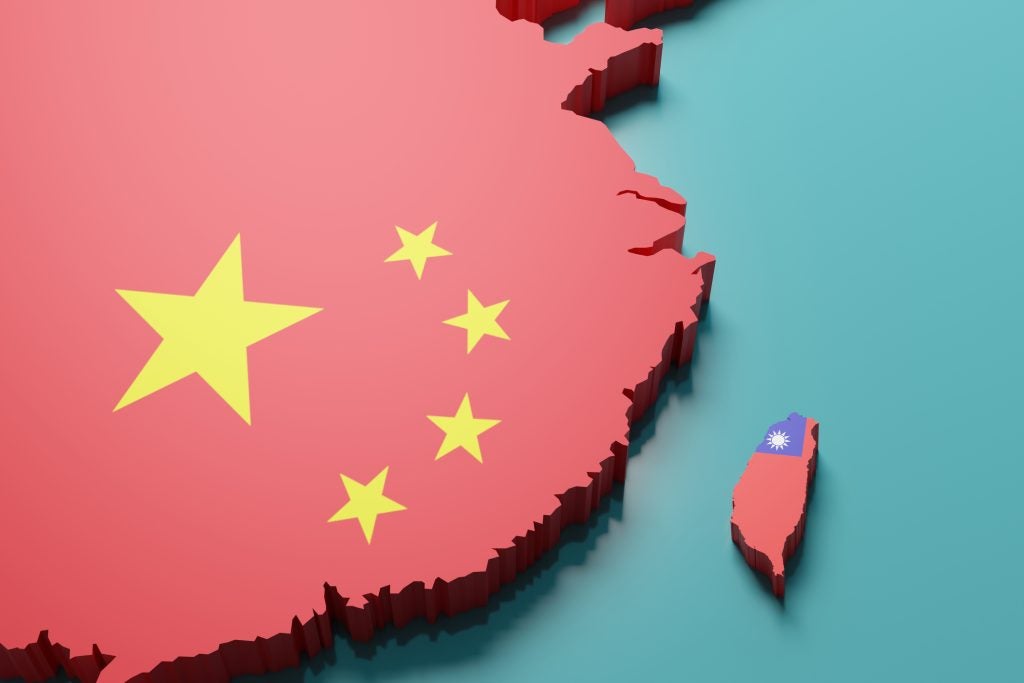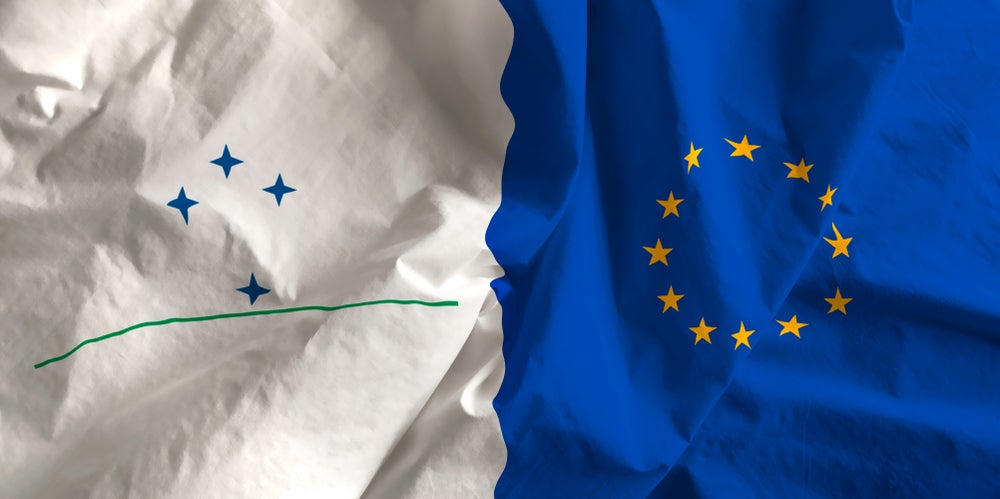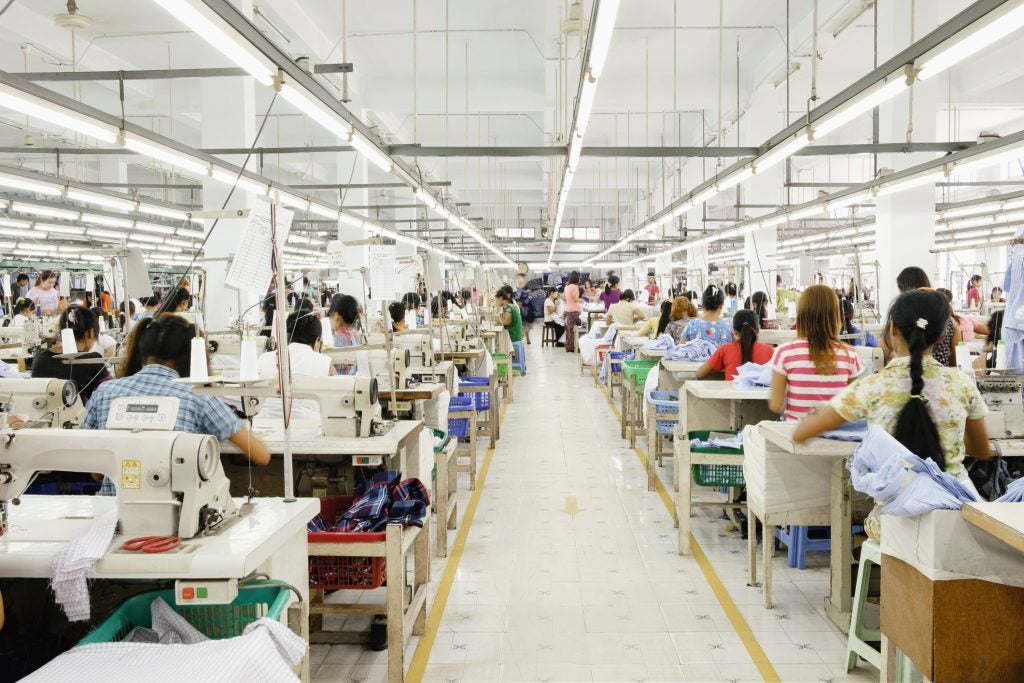According to the research, the Chinese government has "intensified" employment and training requirements for targeted rural populations with the aim to ensure employment for every able person as mandated in its 14th Five-Year Plan.
It added that land use rights being are transferred away from local farmers to state-run cooperatives, forcing the local population into wage labour through coercive labour transfers.
The report noted the Poverty Alleviation Through Labor Transfer programme continues to expand and represents what it described as "non-internment" state-imposed forced labour mobilisation system. These numbers were said to have increased in 2023 when compared to previous year, surpassing state-mandated quotas.
It pointed out that higher-level policy and state planning documents indicate that these measures are to continue at least through 2025.
It alleges that the "poverty alleviation" programme serves as a mechanism for forced labour imposed by the state, with the number of individuals subjected to forced labour transfers under this programme increasing in 2023 and even exceeding quotas set by the state.
The report also alleged that in 2023, Xi Jinping, President of the People's Republic of China, endorsed the scaling of the Pairing Assistance programme which is reportedly aimed at reducing the "dominance of the Uyghur population in their own homeland."
Coercive and state-imposed schemes linked to forced labour
The Jamestown Foundation's report claims China has a Pairing Assistance programme that aims to facilitate cross-provincial labour transfers, aiming to increase transfers to other Chinese regions by 38% and stated these levels exceed those of any year since the mid-2010s.
The author of the report, Adrian Zenz, alleged that coercive poverty alleviation and employment policies are ideally-placed to fulfil Jinping's dual mandate of promoting "stability maintenance and development."
He argued: "As noted by the Nankai Report, a high-profile Chinese academic research report, while the re-education camps represented a 'drastic short-term measure', labour transfers represent an important long-term 'method to reform, meld and assimilate' Uyghurs."
Zenz claimed Xinjiang’s recent policy changes have rendered forced labour "less visible and more challenging to conceptualise."
He said: "By leveraging poverty alleviation policies to normalise and institutionalise mass coercive work, Xinjiang continues its fundamental strategic shift away from institutions of the state’s domestic security apparatus, focused on re-education and internment, and toward entities overseen by the Development and Reform Commission."
Zenz added that as a result of this, Uyghur forced labour is becoming "both more prevalent and more insidious".
Fashion supply chain links to alleged Xinjiang forced labour
A year earlier (September 2022), the Ethical Trade Initiative urged businesses to redouble efforts for detecting forced labour in their operations and extended supply chains after a report from the Office of the United Nations High Commissioner for Human Rights (OHCHR) confirmed crimes against humanity were taking place in the Xinjiang Uyghur Autonomous Region (XUAR) of China.
The OHCHR report, which was published at the time, confirmed that "allegations of patterns of torture, or ill-treatment, including forced medical treatment and adverse conditions of detention, were credible, as were allegations of individual incidents of sexual and gender-based violence."
The US introduced the Uyghur Forced Labour Prevention Act (UFLPA) two years ago (December 2021) to ban goods suspected of being made under forced labour conditions in the Xinjiang Uyghur Autonomous Region (XUAR).















